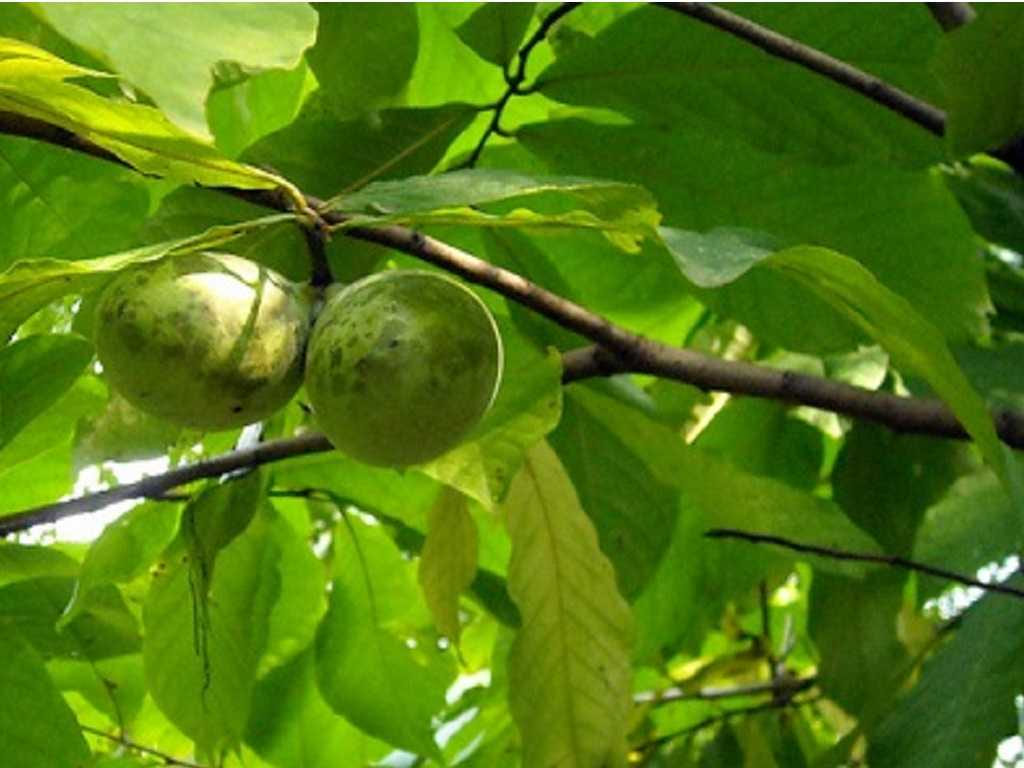Another Story Teller
How can you live next to something so amazing your whole life and not know that it is there? The answer: a lack of diversity. In our current culture you generaly don’t grow up outside, interacting and participating in meaningful and diverse settings. Instead you mostly grow up in a monocultured, indoor environment called a school.
"In a world where education is predominantly verbal, highly educated people find it all but impossible to pay serious attention to anything but words and notions."
School creates and shapes our view of reality, and how could they not when we spend up to 6 hours a day from childhood to adulthood in these environments. And even though schools try hard to get us to love learning, they most often have the opposite effect because of the way they are directed, scheduled, and programmed. The result and unintentional consequence of schooling is that our natural desire to learn, grow and to be curious, eventually is replaced by a desire for instruction, but not just any instruction, only instruction in what is useful for making money. As it has been said, “It is a miracle that curiosity survives formal education.”
"Education is not the filling of a pail, but the lighting of a fire."
Unfortunately you probably won’t learn about the amazing Paw Paw tree in school. And it is amazing. It is the largest edible fruit that is indigenous to this region, it was cultivated by Indians, used for food and medicine, it has ridiculous amounts of vitamins, minerals, protein and antioxidants, and its leaves even creates their own natural insecticide. But most amazing of all is that Paw Paw trees are all around us, you just have to get off the well worn paths of life to notice them.
"The central task of education is to implant a will and facility for learning; it should produce not learned but learning people. The truly human society is a learning society, where grandparents, parents, and children are students together."

